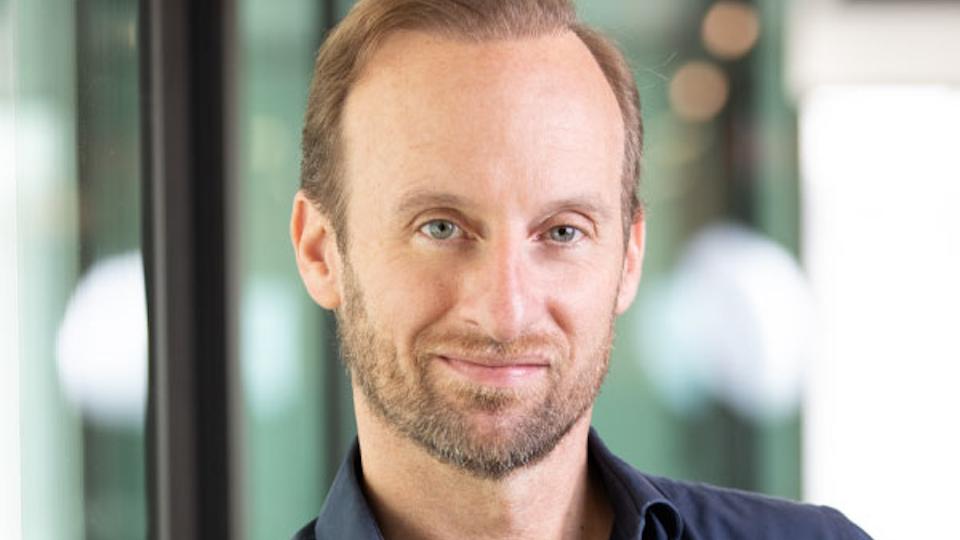Behavioural science in biopharma: Convincing backers and physicians to support new drugs requires more than education

Novel therapies, often with expensive price tags and finite patient populations, require strategic new positioning if they are to have maximum positive impact. Here, Alpharmaxim’s William Hind explains the science of behavioural change and how, applied as an integral part of medical communications, it could help deliver important new drugs to those who need them.
Novel therapies, often with expensive price tags and very limited patient populations, require strategic new positioning if they are to have maximum positive impact. Whether to challenge established prescribing practices, or to effectively get across a therapy’s value to health authorities and investors, drug developers and licence holders must adapt to the increased sophistication now needed in their communications strategies.
This isn’t simply a case of educating the market about the new product’s benefits, though. There are other factors that keep decision-makers returning to habitual choices. It is for this reason that behavioural science, long proven in nudging the public to make greener or healthier choices, is rising swiftly up the pharma agenda.
Behavioural science draws on psychological theory and the social sciences to understand why individuals follow or resist certain behaviours. Armed with that understanding, drug developers and marketers can position products differently.
The science of behavioural change
In a public health or ‘responsible citizen’ context, behavioural science has yielded striking results across a range of high-profile cases. These have included encouraging people to follow COVID-19 guidelines. Behavioural science has also been used to encourage vaccine uptake, and motivate people to make healthier lifestyle choices, such as increasing physical exercise.
At Amsterdam’s Schiphol Airport more than two decades ago, repeat issues with the cleanliness of the men’s toilets prompted alternative thinking. Putting up signs did nothing to inspire ‘a better aim’, but when the creative team designed a realistic ‘fly’ into the ceramic of the urinals, suddenly users’ ‘targeting’ became more accurate. With the right motivation, the change happened in a very measurable way – the airport WC facilities saw an 80% reduction in urinal spillage and an 8% reduction in cleaning costs.
Accuracy of aim aside, in life sciences behavioural science has a powerful role to play in medical communications – specifically in overcoming barriers to changing prescribing behaviour. This is important so that healthcare providers (HCPs) don’t automatically default to their habitual choices of medical or treatments, but become more open to emerging options that may improve patient outcomes. So much so that the UK’s Medical Research Council (MRC) is now advocating the use of behavioural science in the design of interventions such as marketing campaigns, to ensure that important new biopharma innovation fulfils its potential for patients.
Identifying & overcoming the subtler barriers to change
HCPs’ reasons for falling back on tried and tested treatment choices might seem obvious, e.g., commitment to recommended first-line treatments, budget restrictions, and/or a lack of knowledge of the emerging options. Yet, the reality is usually more complex.
The established COM-B model for behavioural science sets out 93 different techniques and how they can be successfully combined to address barriers to change, based on the relative roles of Capability, Opportunity, and Motivation as determinants of current Behaviour (COM-B).
As HCPs strive towards their claimed goals of increased patient centricity, and place more emphasis on the patient experience, as well as quality of life, understanding and proactively overcoming a given combination of barriers to behavioural change in a very targeted way among prescribers, or drug funders, will be important if patients are to gain access to the best options now available to them.
To highlight the extent of the problem, detailed research is being conducted into why the latest ostensibly-transformational treatments for Parkinson’s disease aren’t making headway - despite early promise. The findings, due to be published later this spring, are likely to highlight the need for an overhaul of medical communications.
Beyond education: The Parkinson’s paradox
The Capability element of what enables a change in behaviour is typically only a small factor in what’s holding prescribers back in making different choices. Once a new drug has been approved, and made available, supported by a wealth of scientific information, the issues typically revolve more around the level of motivation to take a new path, and the perceived opportunity.
It may be that the HCPs involved don’t have access to the right resources to see through a new treatment plan. Or perhaps prescribers are not being encouraged to try something new by their peers, or by the system they are in, are hampered by a lack of time, or by a failure to see the value of the new path. In the case of rare diseases, HCPs and patients may have accepted as inevitable what many people would consider a gruelling regime if it is keeping the individual alive. A new therapy might be seen to disrupt the equilibrium that had been achieved, even where there is a promise of an improved quality of life.
In common with other neurodegenerative diseases such as Alzheimer’s, Parkinson’s has been the subject of important novel treatments, which have been heralded with great fanfare, but have not delivered for patients. After a series of failed launches, it would seem that no amount of new education can substantially tackle the sense of poor motivation, where confidence has been eroded. A more involved approach will be needed.
From intuition to evidence: Forming a new communications plan
Distilling the particular combination of ‘blockers’ to behaviour change is the first step in designing an effective medical communications campaign. Ideally, this needs to be guided by a structure, framework, or methodology, to ensure that campaigns are evidence-, rather than assumption-based, and have maximum impact across the target blend of channels.
Behaviour change frameworks contain a set of instructions to guide the development of a behaviour change strategy, in this case a medical communications campaign. Drawing on the COM-B model – which differentiates Capability, Opportunity, and Motivation as drivers of Behaviour – medical communications teams can start to determine what kind of campaigns might work best to drive change.
COVID-19 required a series of new behaviours, starting with fastidious hand-washing, face-covering, and keeping a distance from others, which can be mapped to the COM-B model. Getting the public on board required improving their knowledge of what to do and how (Capability); ensuring they had access to soap/hand gel or face coverings (Opportunity); and developing a clear plan of when they should do these things and aligning this with why they needed to do it or what they would get from it (Motivation).
With strong, evidence-based insights into the changes that are needed, and the specific barriers that need to be overcome, it becomes easier to identify the right type of message and content, as well as the most effective combination of modes of delivery.











